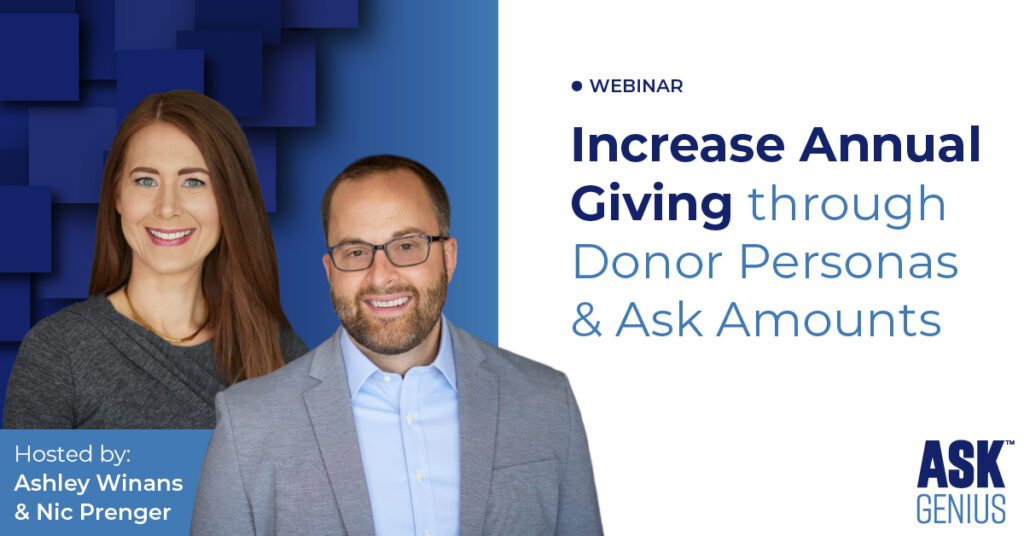A donor stewardship plan or a donor stewardship matrix is an essential tool to help your development department steward donors. This important relationship-building plan can help improve your donor retention rate.
The average donor retention rate sits at around 45%. Not retaining donors can be costly for nonprofits and will make it harder for your development staff to reach fundraising campaign goals.
A donor stewardship plan is a process that happens after a donation is made. It should include thanking the donor in a timely manner, showing the impact their donation made, and then regular communication to build a more profound, lasting relationship with donors.
When a plan is in place, staff know what steps to take to create a better donor experience. Stewardship activities can help recognize your donors, build long-term relationships with donors, and improve donor retention rates.
This article provides donor stewardship plan best practices, including the best communication strategy to improve donor retention rates and gain recurring donors.
Begin by Considering the Stages of Donor Stewardship
To begin forming a donor stewardship plan, a development director must first understand the stages of donor stewardship. According to Bloomerang.co, the five stages of donor stewardship are:
- Acknowledge the gift as soon as it is received.
- Send a personalized thank you letter.
- Create and send updates about the impact the gift made possible.
- If applicable, thank the donor publicly.
- Invite the donor to give again.
Once you understand the necessary stages of donor stewardship, it is time to begin creating your donor stewardship plan and donor stewardship matrix.
Next, Form a Team to Help with Donor Stewardship
Your team should include the development director and other staff, volunteers, and board members involved in fundraising efforts. If you need help from the marketing department for social media posts or the IT department to improve automation efforts, invite them to the team as well.
This team should begin to create a communication plan for donor stewardship. Remember that the nourishment ratio is critical; you don’t want every communication to ask the donor for a gift.
When creating the communication plan, consider using automation for e-mail. This feature may already be built into your database. This article has a suggested calendar for how often to e-mail donors with an 8:1 nourishment ratio.
As your team forms the donor stewardship plan, consider segmenting your donors. Not all donors will receive the same information.
For example, create a plan specific to first-time donors. First-time donors, versus recurring donors, should receive a welcome series of e-mails welcoming them to your nonprofit family.
You may segment donors by donor types, such as first-time donors, major donors, and monthly or recurring donors, or you may segment donors based on gift frequency or by the specific campaign or appeal they gave to.
Tracking Actions is Critical to Donor Stewardship Plan Success
Some fundraising teams say, “If it’s not in the database, it didn’t happen.” This is especially true for large teams with more than one person building a relationship with a donor.
Tracking all donor interactions as actions in the donor database is necessary. This is another place where automation can help save staff time.
Work with your donor stewardship plan team to create a process for what must be tracked. Track metrics like number of donors engaged and how the donor stewardship plan impacts donor retention rate.
Create standards for entering actions into the database to help keep data clean. And if you need help cleaning up your data, check out this webinar.
Ask for Donor Feedback to Improve Interaction with Donors
While key performance measures like donor retention rate can help your team adjust your communication efforts as part of donor stewardship, nothing beats asking donors for feedback. Find out directly from donors if the steps your team took to thank them were memorable and meaningful to them. If the donor doesn’t remember being thanked, they likely won’t give again.
The best donor stewardship plans follow these key steps:
- Create the donor stewardship plan
- Execute the plan
- Measure and Adjust the Plan
With lots of worthy causes competing for donor attention and support, it is essential to have a plan that considers donor segments and not only thanks the donors but take steps to show them the impact they made. Always make the donor the hero of the story.
As your nonprofit works on its donor stewardship plan and sees donor retention rates rising, consider using a strategy to personalize ask strings and improve your direct mail pledge card. For the best advice on pledge cards, visit The Ultimate Guide to Fundraising Pledge Cards.
And if you would like to learn more about an automated tool to personalize ask strings in direct mail appeals, request an AskGenius demo today.
